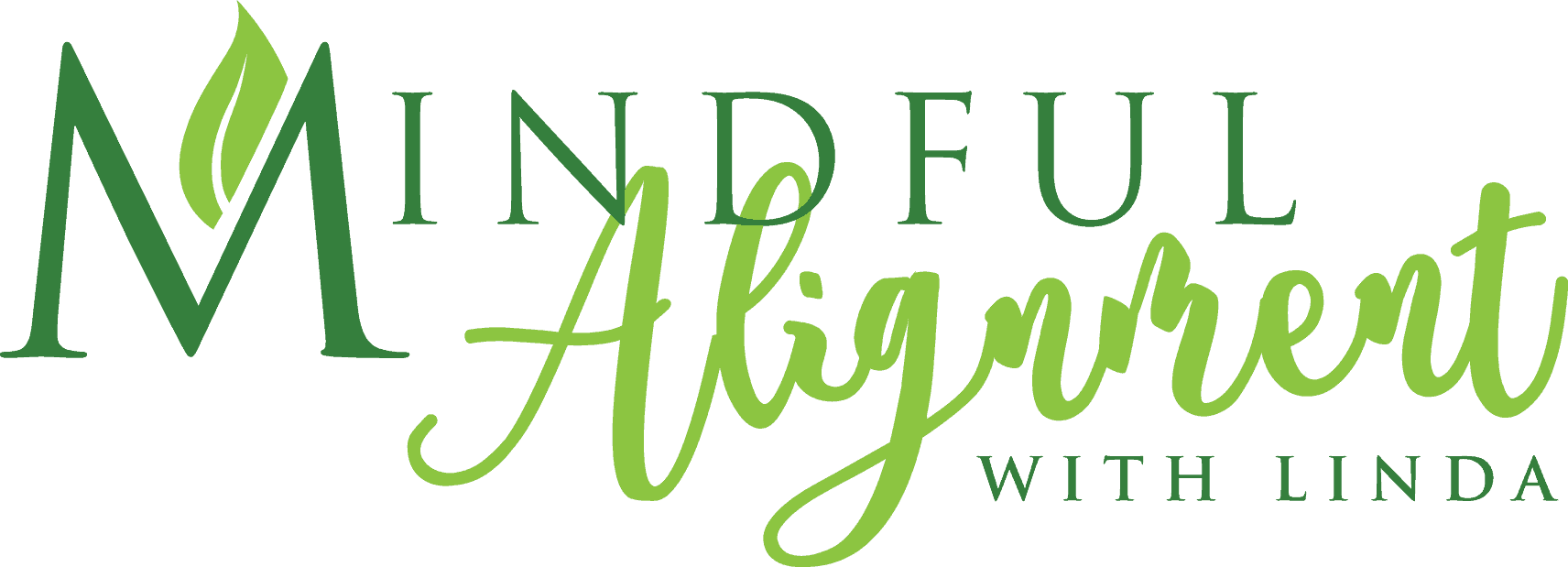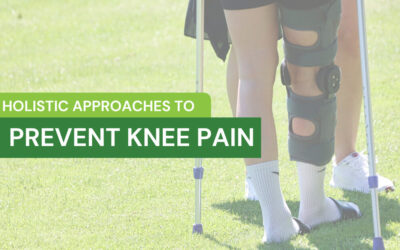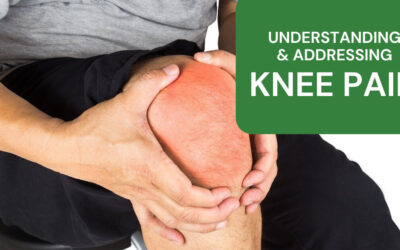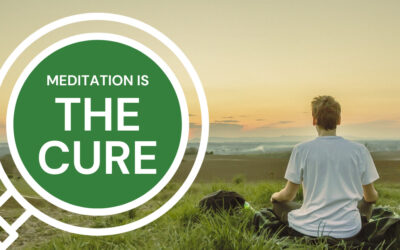These Hips Are Made for Walking
Hip movements when walking
Walking involves all the joints of the lower limbs. The rotation of your hips plays an essential role in the walk cycle, allowing you to transfer this weight forward.
You might notice a little bit of swivel in the hips as you walk. This is because there are three different motions of the hips when walking.
First, the hips move forward and back, not side to side. As your right foot steps forward, the right hip moves forward. Consequently, the left hip goes back.
When the weight is transferred to the front leg, the hip moves down. This downward motion allows the other hip to move up, allowing the back leg to move forward.
The final hip movement is when the leg extends forward at the start of the cycle of stepping forward. Think of the leg and hip as one long line. As the leg extends forward, the top of the pelvis moves back so that there is one long starting line from the top of the pelvis to the ankle. The top of the pelvis tilts back as the leg moves forward, with the other side going in the opposite direction.
All three movements are small, with the laws of physics governing the motion.
To summarize, the hips move in three different directions when you walk, forward and back, up and down, with the top of the pelvis tilting forward and back depending on which leg is forward. That’s a significant amount of movement … and that’s just in the hips.
What happens when movement is limited?
For starters, shuffling … and I am not talking about shuffling a deck of cards. Most people shuffle because of the reduced range of motion in the hips. People shuffle because they have lost the ability to stand on one foot without falling, in other words — balance.
Take a moment right now to stand on one foot for 30 seconds.
How did you do? Don’t forget to do so with the other side. Loss of balance creeps up on you if you are not actively practicing balance. I will discuss this in a future article. Let’s get back to the hips.
In plain English, what does this mean for you? Hip flexibility is essential for our mobility. But, of course, the hips don’t work alone. Flexibility is needed in the spine, ribcage, neck, and shoulders as well … basically the entire body.
You are probably asking yourself, “how do I maintain flexibility in the entire body?” The simple answer is …
“MOVE more” and keep on mov’in!
There are about 600 muscles in the body that need to be strong and flexible. It’s impossible to use all 600 muscles in a single movement session or even in a week’s worth of movement sessions. That’s why it’s best to vary your routine and even try different movement practices. As much as I love yoga, I know that walking, swimming, tai chi, and even exercising have benefits. Yoga is excellent for stretching. Even breathing exercises improve flexibility because many parts of the body need to move, not just the lungs.
When working with clients, I vary the sequences and modify the poses to use the muscles in different ways via stretching in various directions. It’s good for the body and also for the mind.
Next time you walk, take a moment to be mindful of how your hips move. Notice if one side moves differently than the other side. You might just discover an area of your body that needs work.
Bottom Line: No one wants to lose the ability to walk and move, so Keep on mov’in!
If you’re interested in support on your wellness journey or would like to know more about my services, send me a message or call (973) 476-8661.
Are you tired of living with pain?
Are your activities and daily choices determined by your level of pain?
Are you ready to change your life for the better and gain back your physical freedom?
My unique and custom designed approach comes from years of training, education and experience. Together, we will get you back to living pain free and enjoying life.
Sign up for a private session today
It’s never too late to try something new.

Related Articles:
Holistic Approaches to Prevent Knee Pain
Chronic knee pain affects millions of people due to injury, overuse, or underlying conditions. Here’s a helpful guide that will help you avoid knee pain.
Understanding and Addressing Knee Pain
Knee Pain is a Common Ailment Knee pain is a common ailment that can significantly impact daily life, hindering mobility and causing discomfort. Understanding the causes and managing knee pain is essential for maintaining overall well-being, whether it's due to...
Meditation is the CURE
Meditation has gained recognition for having a profound effect on the mind and body, leading to improved overall health and longevity.



